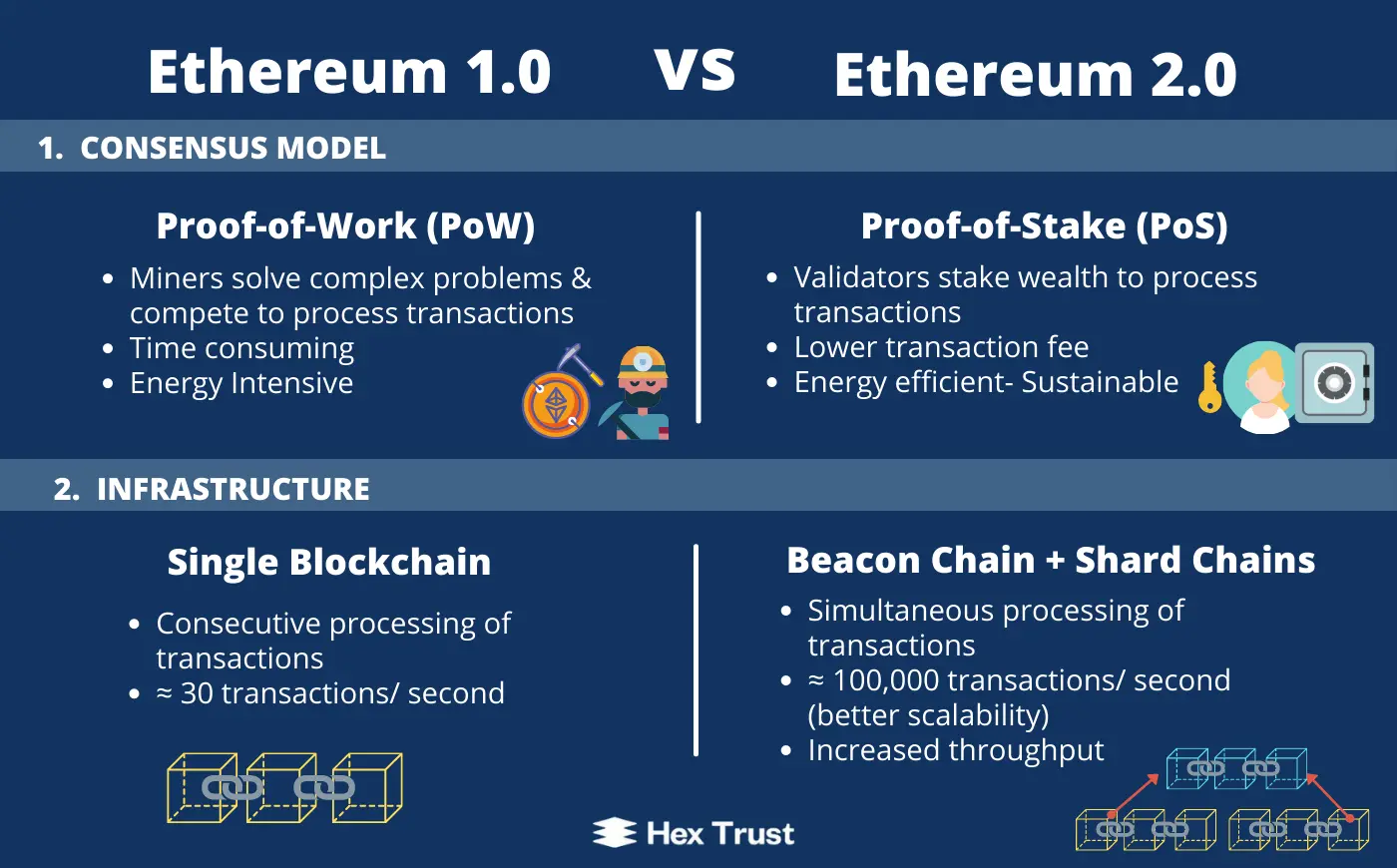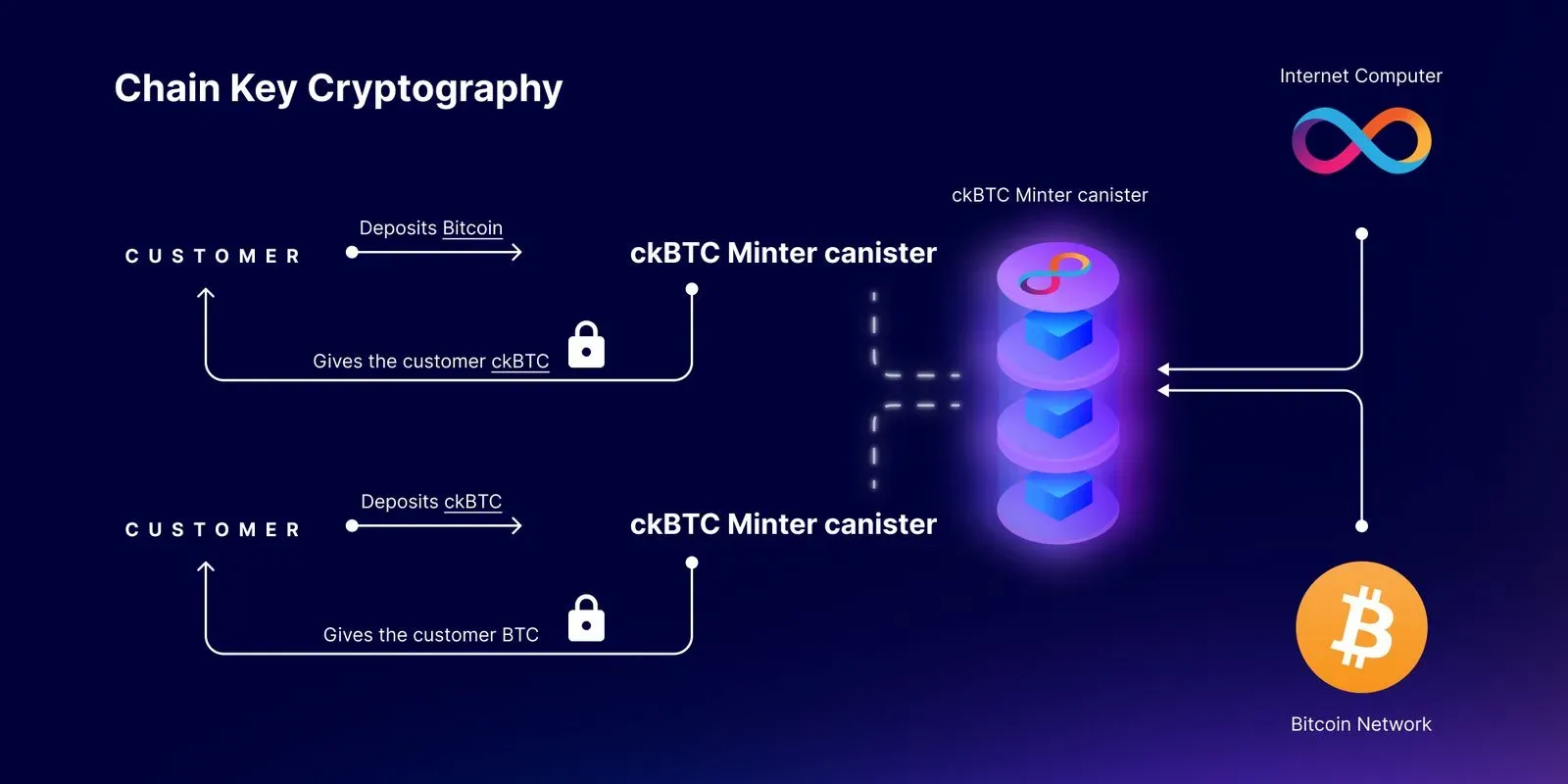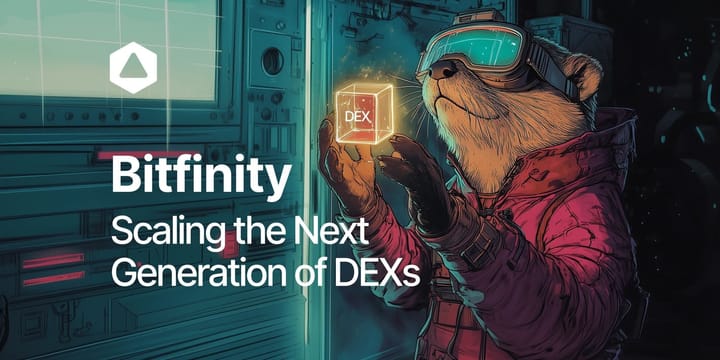The Evolution of the Ethereum Virtual Machine
Get ready, because the next stop on InfinitySwap's innovative and ambitious roadmap promises to change everything you know about DeFi! We're developing the world's very first Bitcoin-enabled Ethereum Virtual Machine Canister (EVMC) on the Internet Computer blockchain.

Introduction: The Dawn of Bitcoin-enabled EVM
From Byzantium to Ethereum 2.0 to EVMC
Get ready, because the next stop on InfinitySwap's innovative and ambitious roadmap promises to change everything you know about DeFi! We're developing the world's very first Bitcoin-enabled Ethereum Virtual Machine Canister (EVMC) on the Internet Computer blockchain.
Why the EVMC Matters
Decentralized Finance (DeFi) is quickly gaining momentum in the world of finance, offering an alternative to traditional financial systems by allowing users to transact and participate in various financial services without intermediaries. One of the major developments in DeFi has been unlocking Bitcoin's full potential on the Internet Computer. Now, InfinitySwap is also leading the way to unlock Ethereum's full potential with its revolutionary EVMC that will enable unbounded scalability at Web speed with cheap storage.

It's helpful to pause and appreciate the path that led to this milestone.
Evolution of the EVM
To briefly recap our beginner's guide, the EVM is a virtual machine that executes smart contracts on the Ethereum blockchain, providing a platform for developers to build decentralized applications (dApps).
Byzantium Hard Fork
The EVM has come a long way since the Byzantium hard fork of Ethereum, which was part of the larger "Metropolis" upgrade, which aimed to improve the security, privacy, and scalability of the Ethereum network. Byzantium was the fifth and arguably most significant change to the Ethereum network until Ethereum 2.0. It was activated on October 16, 2017, and brought several major improvements to the Ethereum Virtual Machine (EVM) and smart contract functionality.
Notably, Byzantium implemented nine Ethereum Improvement Proposals (EIPs):
- Added REVERT opcodes to the blockchain to allow smart contracts to be stopped if an error occurred without consuming all the gas paid for a transaction (EIP 140);
- Added a status field to transaction receipts to indicate transaction success or failure (EIP 658);
- Added a new mathematical model (EIP 196) and
- Pairing checks that allowed zk-Snarks to operate correctly (EIP 197);
- Added support for certain signature verifications (EIP 198);
- Added support for variable values (EIP 211);
- Added STATICCALL opcode to allow for calls to nodes that did not request a state change (EIP 214);
- Changed the formula behind the difficulty adjustment to account for ommer blocks—blocks mined at the same time as another block but not accepted by the network (EIP 100); and
- Delayed the difficulty bomb that made mining so unprofitable as to encourage miners to switch to proof-of-stake (EIP 649).
One of the main changes introduced in Byzantium was the reduction of the mining reward from 5 ETH to 3 ETH (the first of several "Thirdening" like events), which made it harder for miners to flood the market with new tokens. Another key feature of Byzantium was the implementation of the zk-SNARKS protocol, which enabled private transactions and enhances the network's privacy.
Byzantium's introduction of the zk-SNARKS protocol was a significant step forward in the development of the Ethereum network. It allowed for greater privacy in transactions and was seen as a precursor to future upgrades that would help Ethereum scale to meet the demands of a growing user base.
But concerns remained about scalability and environmental sustainability.
The Ethereum 2.0 Overhaul
Ethereum 2.0 was a major upgrade over the Byzantium release of the Ethereum network. While Byzantium introduced some important changes and new features, such as an improvement in the security of smart contracts, Ethereum 2.0 was a more comprehensive upgrade that introduces several significant improvements to the Ethereum network.

One of the most important changes in Ethereum 2.0 was the transition from proof-of-work (PoW) to a proof-of-stake (PoS) consensus mechanism. This change in the way transactions are validated was intended to address some of the scalability and energy consumption issues of the original Ethereum network. With PoS, validators can participate in the network by staking their tokens, which is a more energy-efficient way of securing the network than the energy-intensive process of mining used in PoW.
Ethereum 2.0 also introduced sharding, which is a way to divide the Ethereum network into smaller, more manageable parts known as shards. Sharding is intended to improve the scalability of the network by allowing it to process many more transactions at once. With sharding, each shard can process its own set of transactions, which helps to reduce the workload on the network and improves its overall efficiency. This concept is similar to the Internet Computer's subnet architecture.
Another important feature of Ethereum 2.0 was the implementation of eWASM, or Ethereum WebAssembly. In brief, eWASM is a new virtual machine that is designed to be more efficient and flexible than the current Ethereum Virtual Machine (EVM). The eWASM was expected to improve the speed and efficiency of smart contracts on the Ethereum network and enable developers to write smart contracts in a wider range of programming languages.
Ethereum 2.0 also introduced several other miscellaneous improvements, such as a new random number generator and a new account abstraction feature that made it easier for developers to create more complex and sophisticated smart contracts.
Enter InfinitySwap
Now, InfinitySwap is taking the EVM to the next level by enabling direct compatibility with Bitcoin. This development is a significant step forward for DeFi and multi-chain interoperability, as it will allow developers to easily build more Bitcoin-compatible DeFi on the Internet Computer's network while simultaneously leveraging the power and popularity of the Ethereum network.
Learn more about how the Internet Computer is the Ethereum Savior.

It's no exaggeration to say that InfinitySwap's integration of Bitcoin into the EVM will be an absolute game-changer for the DeFi ecosystem since Bitcoin is the most widely adopted cryptocurrency and has the largest market capitalization.
With the InfinitySwap Bitcoin-enabled EVM canisters, users will be able to trade Bitcoin via the Internet Computer's Chain Key cryptography without having to wrap it as an ERC-20 token on InfinitySwap. Meanwhile, developers will be able to build new Bitcoin-compatible DeFi applications and services that are accessible to Ethereum network users and operate with unbounded scalability at Web speed with cheap storage.

InfinitySwap's revolutionary next-generation AMM on the Internet Computer ecosystem enables smart contracts to safeguard users' private keys, cutting out all intermediaries and custodians and allowing users with a Bitfinity Wallet to engage in Bitcoin DeFi services. This feature makes Dapps on the Bitcoin-integrated Internet Computer network more user-friendly and streamlined, eliminating concerns about bridge vulnerabilities and offering a better user experience for traders and investors than existing options on the Ethereum network.
Conclusion: InfinitySwap Drives Bitcoin DeFi
InfinitySwap has what it takes to realize the dream of unbounded, mainstream Bitcoin DeFi supercharged by the existing popularity of the Ethereum blockchain with none of the drawbacks of gas fees and network congestion. InfinitySwap has received backing from several venture capital groups and major for-profit and not-for-profit organizations, including Andreessen Horowitz, Draft Ventures, Polychain Capital, and the DFINITY Foundation.
With this support, InfinitySwap is set to lead the way in the integration of Bitcoin and Ethereum for DeFi applications and services. We can't wait to write the next chapter in the history of the evolution of the EVM!

Connect with InfinitySwap
Bitfinity Wallet |AMM | Twitter | Website | Telegram | Discord | Github







Comments ()